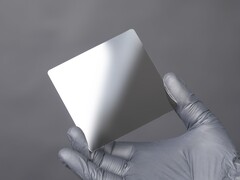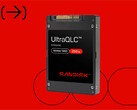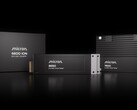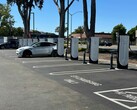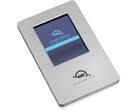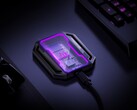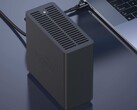Cerabyte plans to ship archival racks exceeding 100 petabytes of capacity, 2 GB/s throughput, and sub-10-second first-byte access by the decade's end. Its approach uses femtosecond lasers to etch nanodots into a ceramic layer bonded to thin glass tablets, which slot into tape-library-style cartridges managed by robotic arms.
A pilot system scheduled for 2025–26 aims for 1 PB per rack, 100 MB/s sustained bandwidth, and 90-second retrieval. Three refresh cycles later, the company projects a two-order-of-magnitude jump in density and a ten-fold cut in latency. Compared with magnetic tape, Cerabyte claims longer media life—over a century versus roughly a decade—faster reads and a cost of about $1 per terabyte, half the current tape figure.
The roadmap even sketches a post-2030 shift from laser to helium-ion particle beams that could shrink bit size from 300 nm to 3 nm and lift per-rack capacity toward 100 exabytes, though that concept remains speculative. Competitors include Microsoft's Project Silica, holographic systems such as Holomem, and DNA-based archives.
Momentum has drawn strategic investment from Pure Storage, Western Digital, and In-Q-Tel, along with European grant funding. Seed and grant rounds total roughly $14 million, and an A-series raise is underway to finance pilot production.
Cerabyte also positions its technology as a sustainability play. A market study cited by the firm suggests swapping tape for glass-ceramic archives could trim data-storage-related carbon emissions from two percent of the global total to about 1.25 percent.
Cerabyte could give hyperscale operators a higher-density, lower-maintenance alternative to tape if the engineering targets hold. Yet the move from laboratory prototypes to reliable, serviceable hardware will determine whether those promises become standard practice or remain an intriguing footnote.
Source(s)
Blocks & Files (in English)




